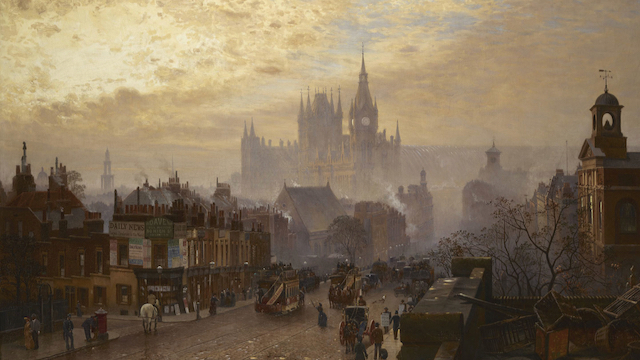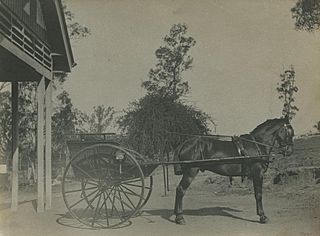From A Day by Day Chronology of Mr. Sherlock Holmes according to Zeisler and Christ by William S Dorn:
May 17, 1900: Dr Thorneycroft Huxtable fainted on the hearth rug at 221B Baker Street. [PRIO]

We have had some dramatic entrances and exits upon our small stage at Baker Street, but I cannot recollect anything more sudden and startling than the first appearance of Dr. Thorneycroft Huxtable, M.A., Ph.D., etc. His card, which seemed too small to carry the weight of his academic distinctions, preceded him by a few seconds, and then he entered himself – so large, so pompous, and so dignified that he was the very embodiment of self-possession and solidity. And yet his first action when the door had closed behind him was to stagger against the table, whence he slipped down upon the floor, and there was that majestic figure prostrate and insensible upon our bearskin hearthrug.
We had sprung to our feet, and for a few moments we stared in silent amazement at this ponderous piece of wreckage, which told of some sudden and fatal storm far out on the ocean of life. Then Holmes hurried with a cushion for his head and I with brandy for his lips.
Now here we have a sample of the famous Watson’s remedy. I think, in this case, from a non-medical point of view, the best medicine for the situation.








 Sir Henry Duncan Littlejohn was born May 8, 1826 in Edinburgh.
Sir Henry Duncan Littlejohn was born May 8, 1826 in Edinburgh.














